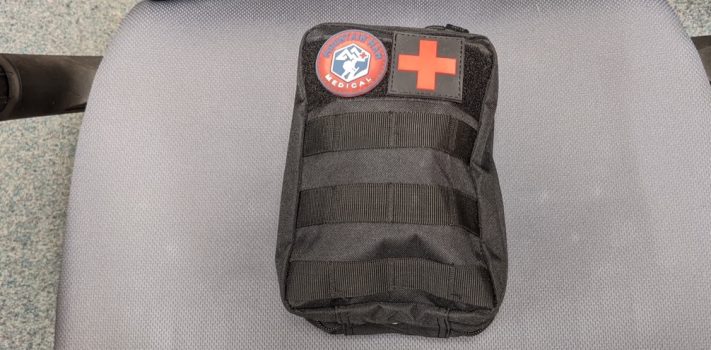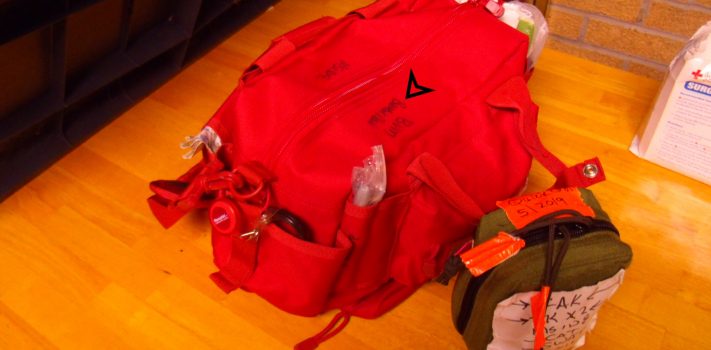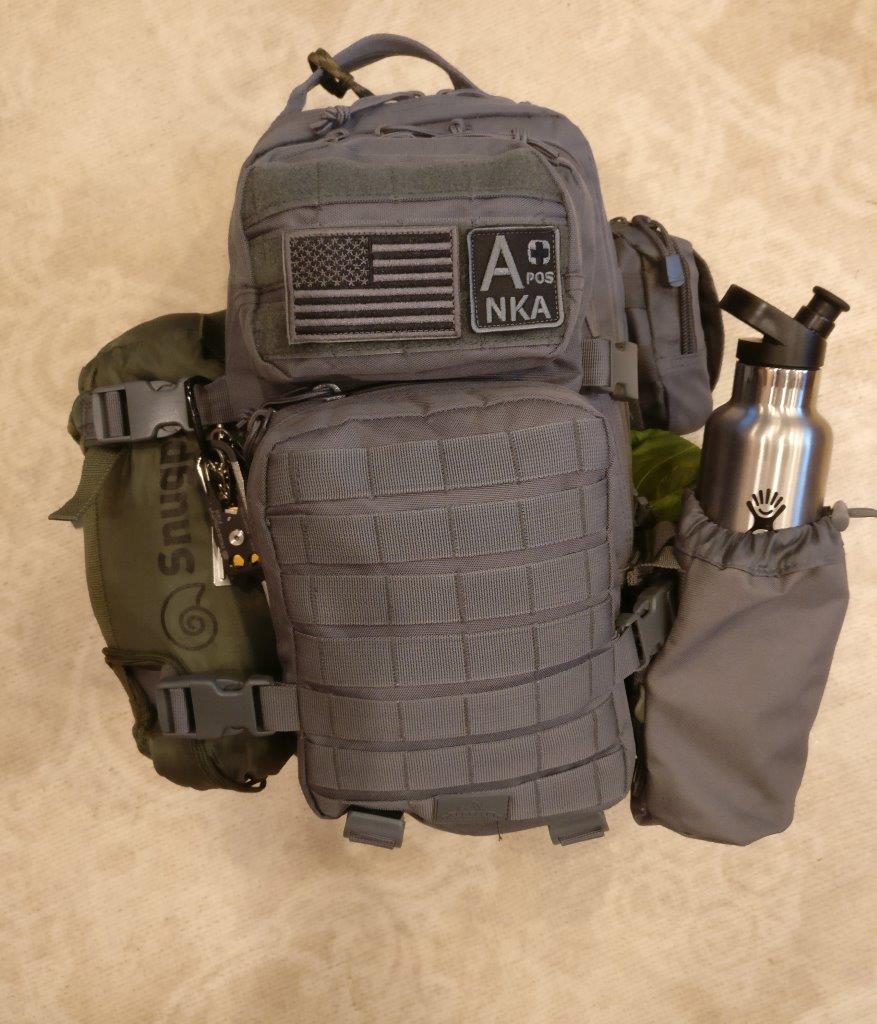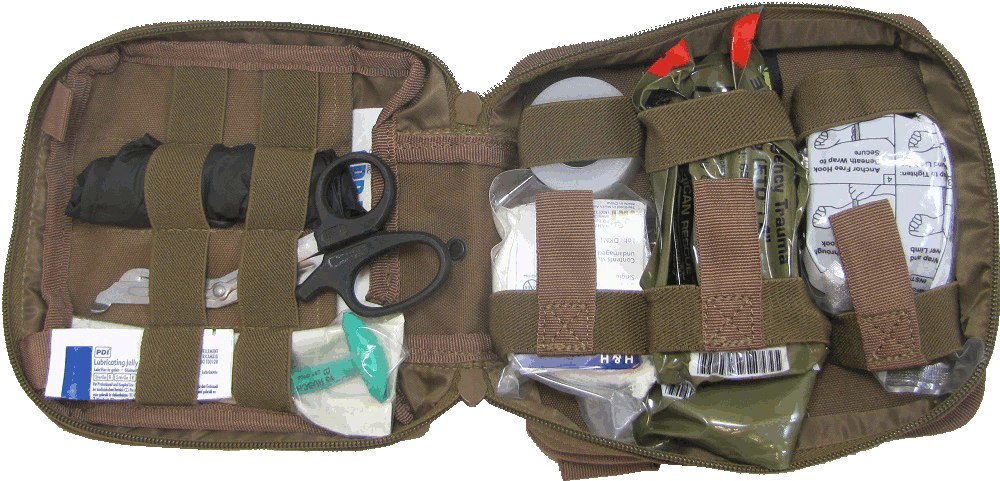The ABCs of Trauma, by Dr. Mountaintop
…Blunt Trauma: Without an ability to do imaging, or blood work, or a long experience doing physical exams, it’s hard to know what’s going on with blunt trauma. If there is a blast injury (explosion) all bets are off. Don’t underestimate a blast injury. In many blunt traumas, but particularly blast injuries, there are lung injuries you can’t see initially. This will cause the lungs to fill up with fluid and the patient will drown. If you have oxygen, some ability to use an airway, or diuretics (like ferosemide / lasix), this is the time. Otherwise, don’t over-hydrate the patient if you suspect a lung injury (big chest bruising / gurgling / coughing up fluid). For abdominal blunt trauma, here’s what to consider: is the spleen or liver bleeding? What to look for: Is there a big welt on the skin below the ribs? Does the patient look pale and…




